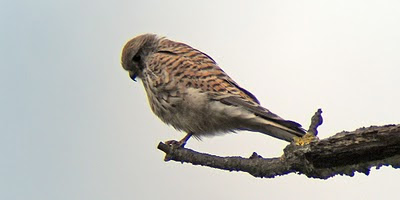Nuthatches in Northaw

Hmmmm. It’s late November and with only one month left until the end of the year, my Year List is looking pretty shabby. I have kept records since 1997 and this year is looking close to being the worst. Before today, I was floundering on 142 species and to highlight the pure pathetic state of this, my lowest total ever was 144 when I didn’t even own a pair of proper binoculars. For example, I still haven’t seen kingfisher, brent goose or rock pipit this year and before today, nuthatch, treecreeper and siskin were nowhere to be seen. Dire straits indeed. So something had to be done. Now I could have nipped over to Epping Forest for these birds but I have always loved and enjoyed an ancient woodland near Cuffley. The Great Wood at Northaw is one of the best woodland I have ever walked. Made up mainly of Oak, Ash, Birch, Hornbeam and pockets of Sweet Chestnut, this SSSI ( Site of Special Scientific Interest) Some trees The wood has three main trails, red, blue and yellow. The



--110408.jpg)




